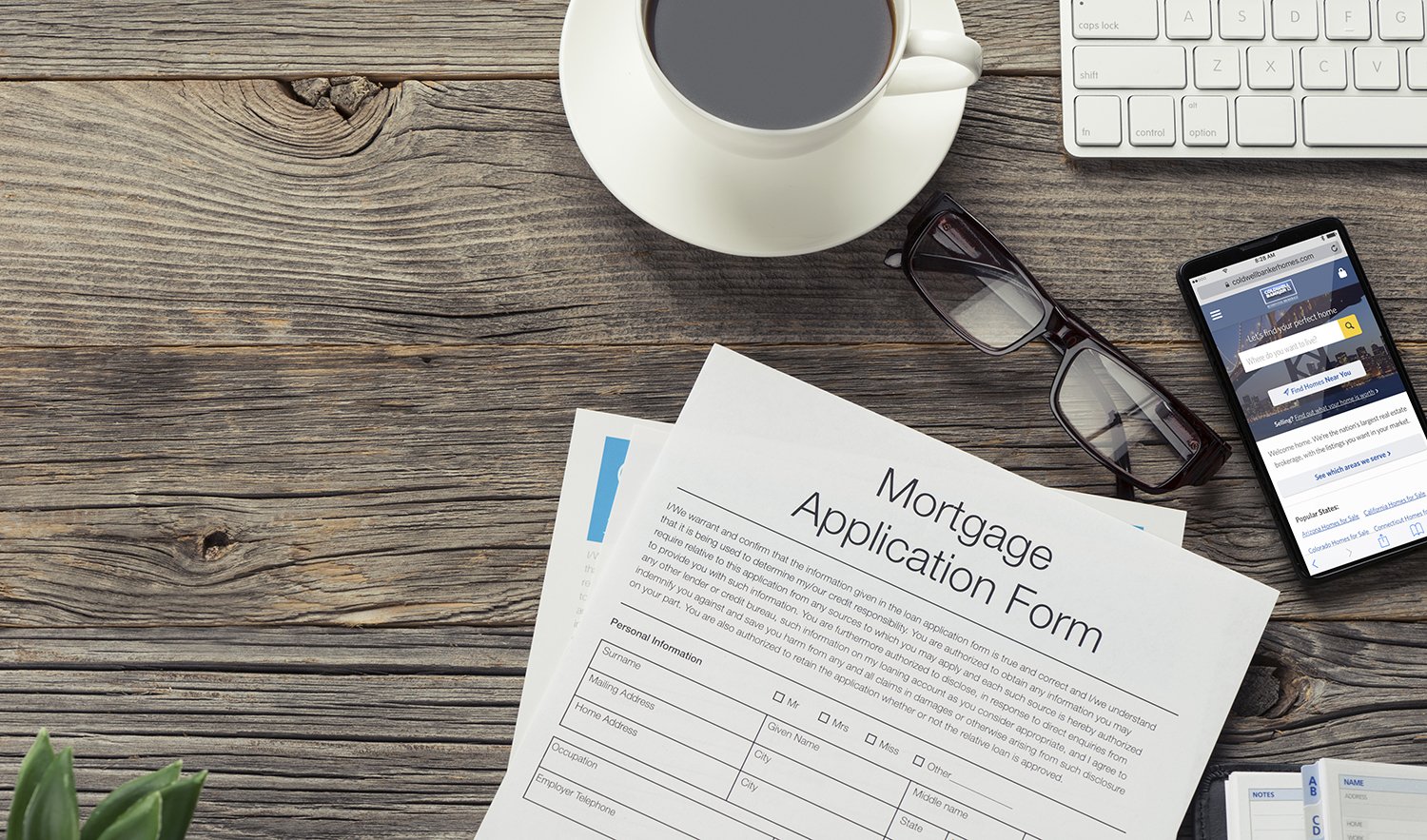
Mortgage Basics:
Conforming Loan
Conforming loans have a maximum loan limit set by the Federal Housing Finance Agency (FHFA). The Standard Conforming loan limit for single family residences in 2023 for all counties is $726,200. The High Balance Conforming loan limit will vary depending on property values in a particular county. In Orange and Los Angeles Counties, for example, the High Balance Conforming limit is $1,089,300. The loan limits for 2-4 unit properties are considerably higher. Rates for High Balance loans are typically higher than Standard Conforming loans but more favorable than Jumbo loans. Almost all Conforming loans are sold on the secondary market to Fannie Mae and Freddie Mac, these government backed entities establish underwriting guidelines for all conforming loans.
Non-Conforming or Jumbo Loan
Jumbo loans are typical in Orange County and Southern California because of high property values. The terms are less standardized, there is no government-set loan limit, and rates can vary by lender. There are both Fixed Rate and Adjustable Rates offered for Jumbo loans.
Adjustable Rate Mortgages (ARMs)
Simply stated, an adjustable rate mortgage is a mortgage that consists of two distinct elements:
An initial fixed rate period (typically 5-, 7- or 10-year options) that features a low introductory rate.
A variable rate period for the remainder of the loan, where the rate is computed by adding your loan’s pre-determined margin to a floating index value. NOTE RATE= MARGIN + INDEX. Changes limited by Initial, Annual, and Life-Time rate caps.
In a sense, all ARMs are actually hybrid mortgages, combining an upfront, fixed rate period with a (longer) back-end adjustable rate period.
The 5-year ARM (5/6 or 5/1) is perhaps the most popular of the ARMs. This is mostly due to the fact that the 5-year ARM offers the best rates for the initial fixed rate period. The rates are comparatively lower than a 7- or 10-year ARM mainly because the lender needs to provide you with incentive to absorb the risk on the other end of the loan—the adjustable portion. For a 30-year mortgage, a 5-year ARM will result in a 25 year adjustable period on the back end of the loan if you don’t sell your home or refinance into a conventional fixed mortgage.
The 7-year ARM (7/6 or 7/1) is the middle ground between the 5- and 10-year options. Its rates are not typically quite as attractive as the 5-year ARM, but are usually lower than the 10-year equivalent. A 7-year ARM will refund you 23 years in the adjustable rate period unless you decide to refinance or sell your home before the mortgage transitions to the variable rate period.
The 10-year ARM (10/6 or 10/1) provides the least risky option out of the three readily available adjustable rate mortgages. Because the initial fixed rate period is extended to a full 10 years, the ARM period is only 20 years long. While that’s still plenty of time for rates to fluctuate wildly and create uncertainty when it comes to monthly mortgage payments, it’s still a safer bet than the 5- or 7-year ARMs. The teaser period will also feature rates that are comparatively lower than a 30-year fixed rate mortgage.
Government Loans
FHA Loans Federal Housing Administration (FHA) home loans were created to make it easier for home owners to qualify for a loan – whether you are buying a home or refinancing your mortgage. Though they are not exclusive to first time homebuyers, FHA loans allow for down payments as low as 3.5% and have more flexible qualifying guidelines. The trade off for lower down payments is a loan that has mortgage insurance, mortgage insurance protects the lender in case of default. Mortgage insurance is paid by the borrower and included in the monthly payment.
VA Loans VA, or Veteran’s Affairs loan, is a specific loan program authorized by the US Dept. of Veterans’ Affairs to help veterans, active-duty service members and their families purchase a home. This loan option allows military families to qualify for a home loan with fewer restrictions, and little-to-no money down.
